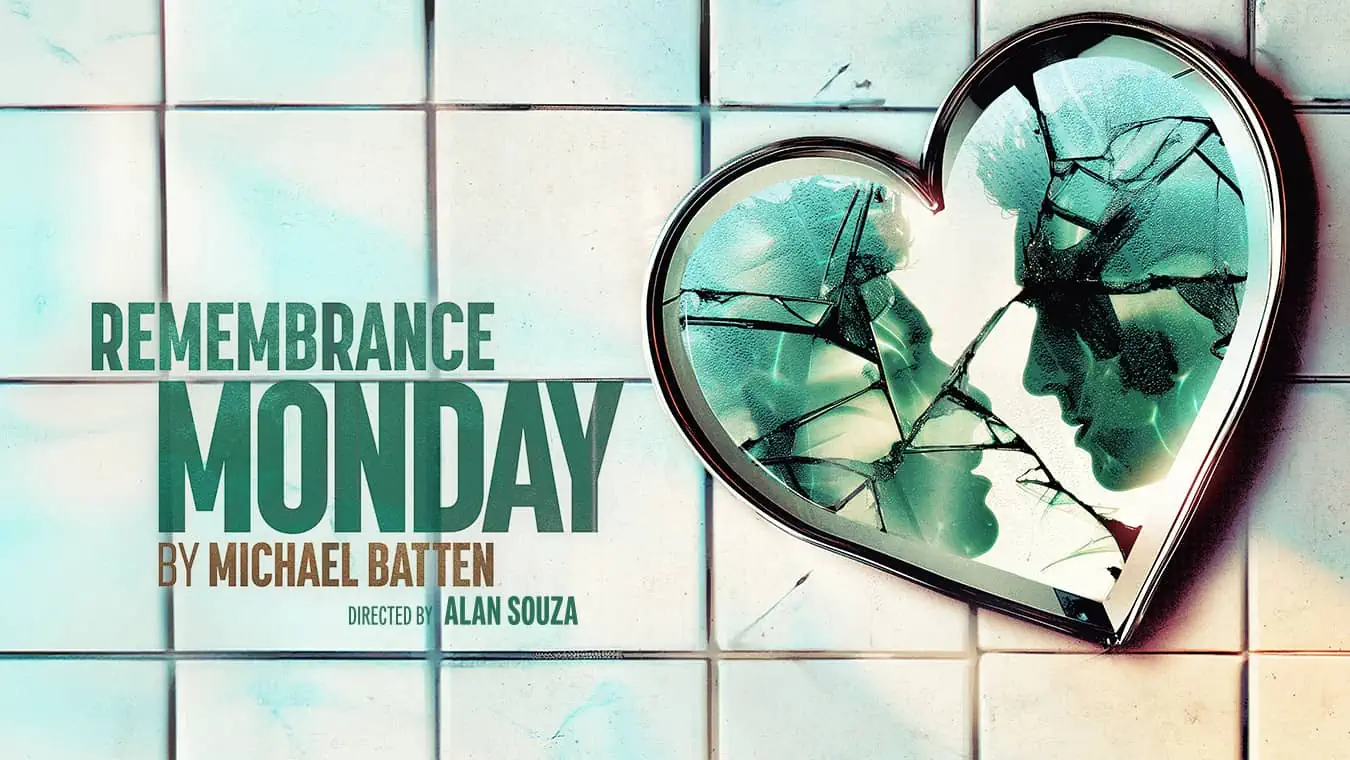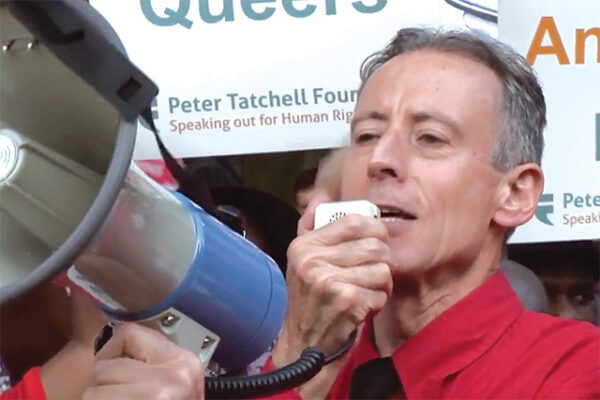Derek Jarman is often cited as one of the most influential gay filmmakers of the twentieth century. As the ‘Queer Pagan Punk’ BFI film festival celebrating his canon draws to a close, we analyse Jarman’s legacy to the gay community today from a fresh perspective.
I knew the name Derek Jarman, but was never intimately acquainted with his work. Being born in 1987, I only properly came out to the scene about five years ago when Jarman wasn’t a topical name to be dropped in either artistic or gay circles. However, from film-obsessed friends and regular research into gay cultural history, it was inevitable that I’d at least feel some of his influence upon the peripheries of queer knowledge.
When the BFI recently held its ‘Queer Punk Pagan’ festival of his work, coming to an end this week, it provided an opportunity to delve deeper into the Jarman conception. Jarman was diagnosed with HIV in 1986, when it was still a death sentence, and came to public prominence by his decision to speak out about living and working with the virus. According to William Fowler of the BFI, from 1987 onwards ‘a powerful message of resistance unites his output.’
Jarman was making films with an explicitly homosexual message in a time when Section 28 banned ‘the promotion of homosexuality’ in schools. He was quoted in 1988 as saying his films ‘would definitely be there to promote homosexuality from now on’. These included Caravaggio (1986), a fictionalised retelling of the famous painter’s life, funded by the BFI and distributed by Channel 4.
My first explicit experience of Jarman’s films came in the form of his experimental 1974 piece ‘In The Shadow of the Sun’. With no linear narrative, and the only coherent structure being shadowy figures weaving in and out of a flickering yellow screen to disconnected noises of burning, it’s hardly the kind of entertainment you’d throw on for a casual Grindr date. And, I’ve got to admit, at some points during the fifty minute-length screening I was asking myself: ‘What the hell am I doing here on a Friday night?’
However, the auditorium was sold out, with a varied mix of people both old and young and not all seemed hopelessly lost to pretensions of elitist intellectualism. The appeal seemed to stem, in part, from discovering how the early Jarman experiment might have shaped his later, more accessible oeuvre. But for someone who had no experience of the later work either, eventually the experience became immersive in its own right and provoking of questions through its sparse symbolism – why did that boy on the bike just cycle on the screen? How does that relate to the artistry’s wider tie to society, or, given its eponymous grandeur, to the universe itself?
Grandiose questions, perhaps, but Jarman himself was something of a grandiose figure. Not only taking on the anti-homosexual establishment of the 80s, he spoke out against the Falklands War and even capitalism itself. The recent ‘Pandemonium’ exhibition of his life and work at the Somerset House documented how he cohesively united a kaleidoscopic array of artists and creative people around him by his powerful personality.
When I interviewed accomplished British fine artist Matthew Stradling recently, he told the story of how Derek Jarman was the first person to buy his artwork; when Stradling was a fresh-faced twenty-one-year-old just out of St Martin’s. ‘How much do you want for this one?’ barked Jarman, picking out a small red devil. ‘Uh, £100?’ ventured Stradling, who had never sold an art work in his life yet. ‘I’ll give you £200,’ said Jarman, handing him the cash. Little touches such as this enjoyable anecdote flesh out Jarman ‘the Great Artist’ as a man aware of, and willing to support, the new talent of the next generation.
Of greatest direct interest to gay readers might be films such as Sebastiane (1976), which tells the tale of the martyr St Sebastian through heavily homo-eroticised imagery. All the dialogue is in Latin, but maybe this decision in itself is a comment upon expression; the expression of homosexuality as a visible concept but stifled by a language that is dead. In addition to his canon of filmmaking, Jarman also directed exceptional pop videos for The Smiths and Pet Shop Boys.
Jarman died in 1994 of AIDS-related illness. His legacy is told, and lives on, through the language of his films – a language we owe him much for, especially for not allowing it to be suppressed by others in his life.
• ‘Will You Dance With Me’ is screened at the BFI Flare on 22nd March.
• ‘London LGBT festival, www.bfi.org.uk/flare











